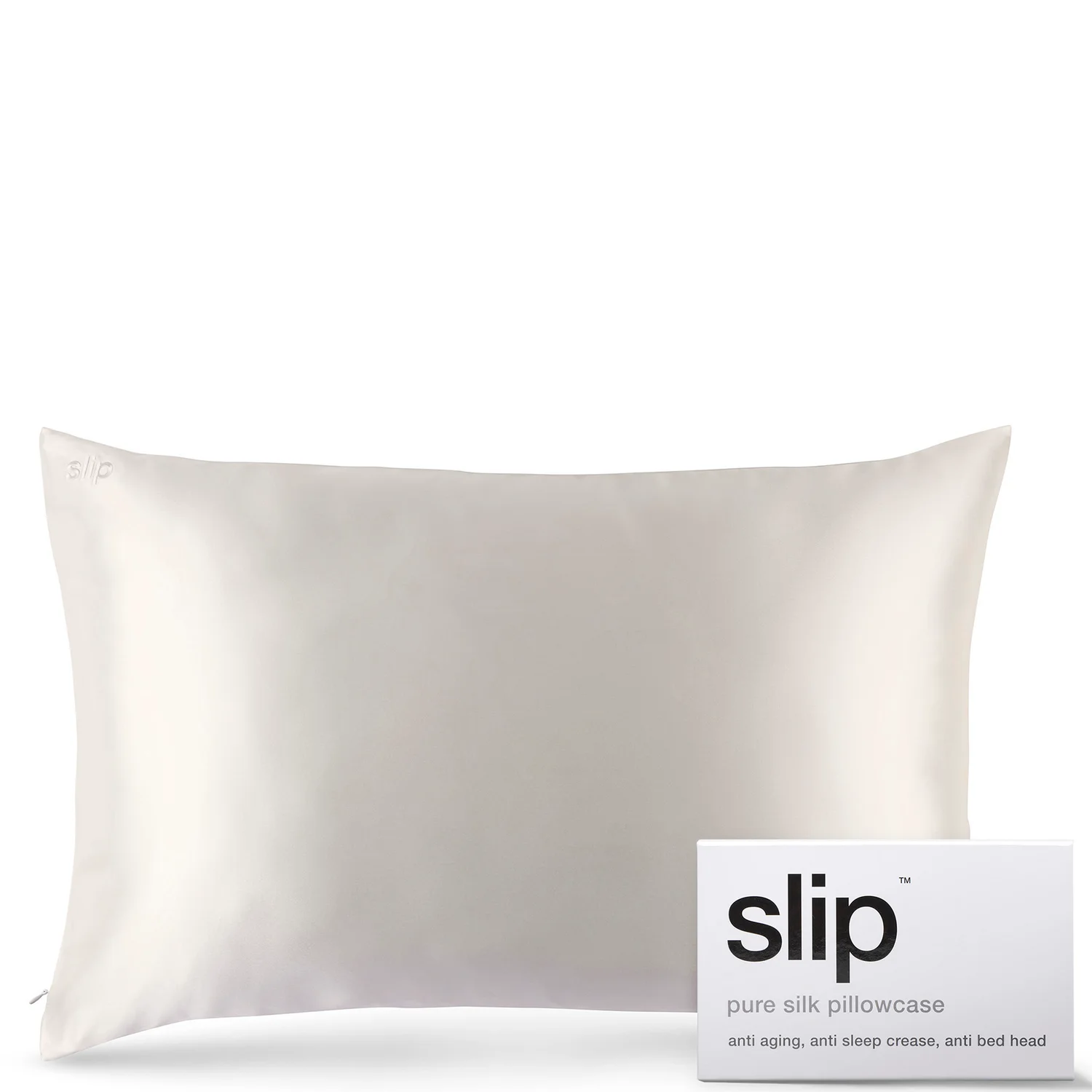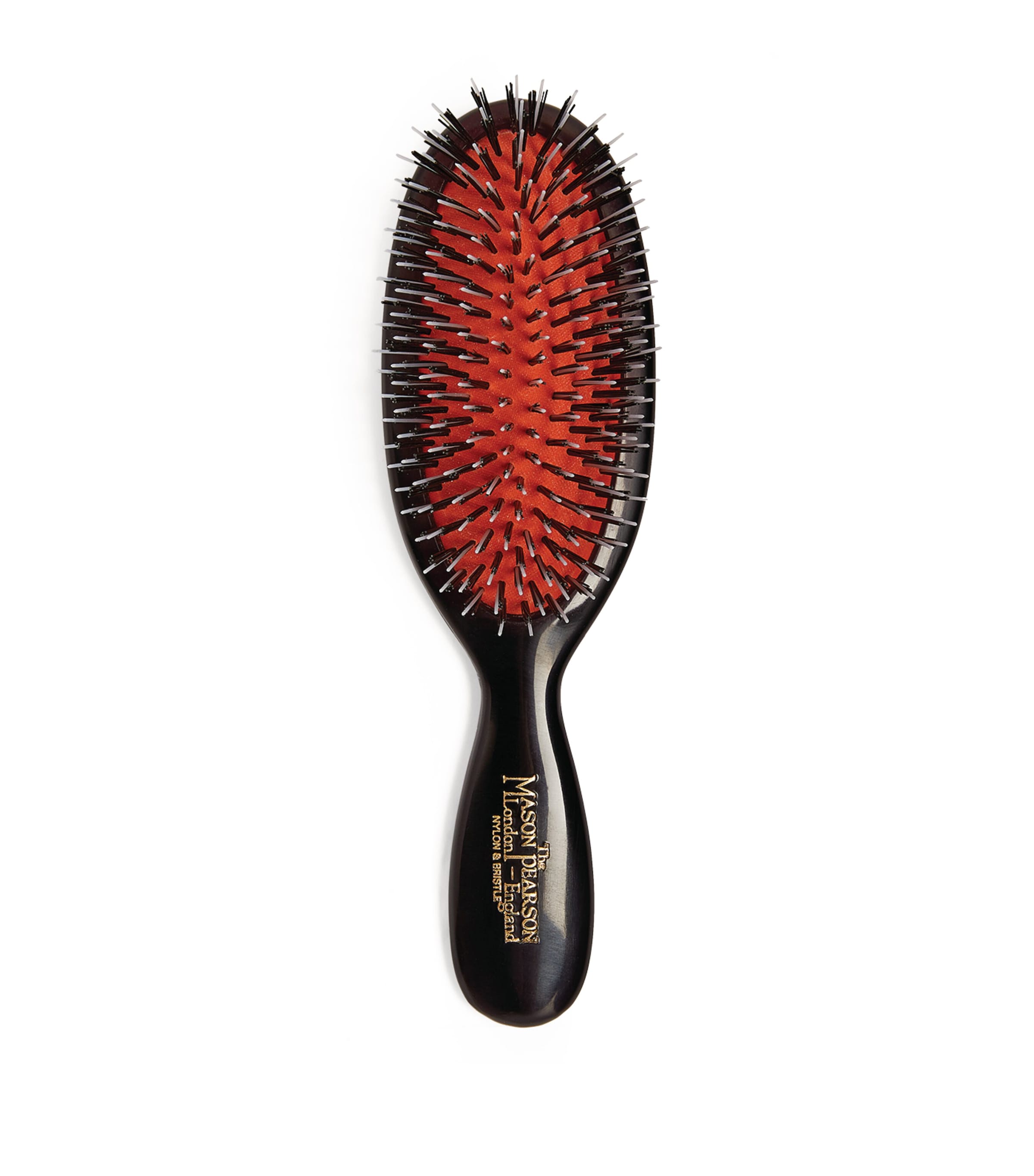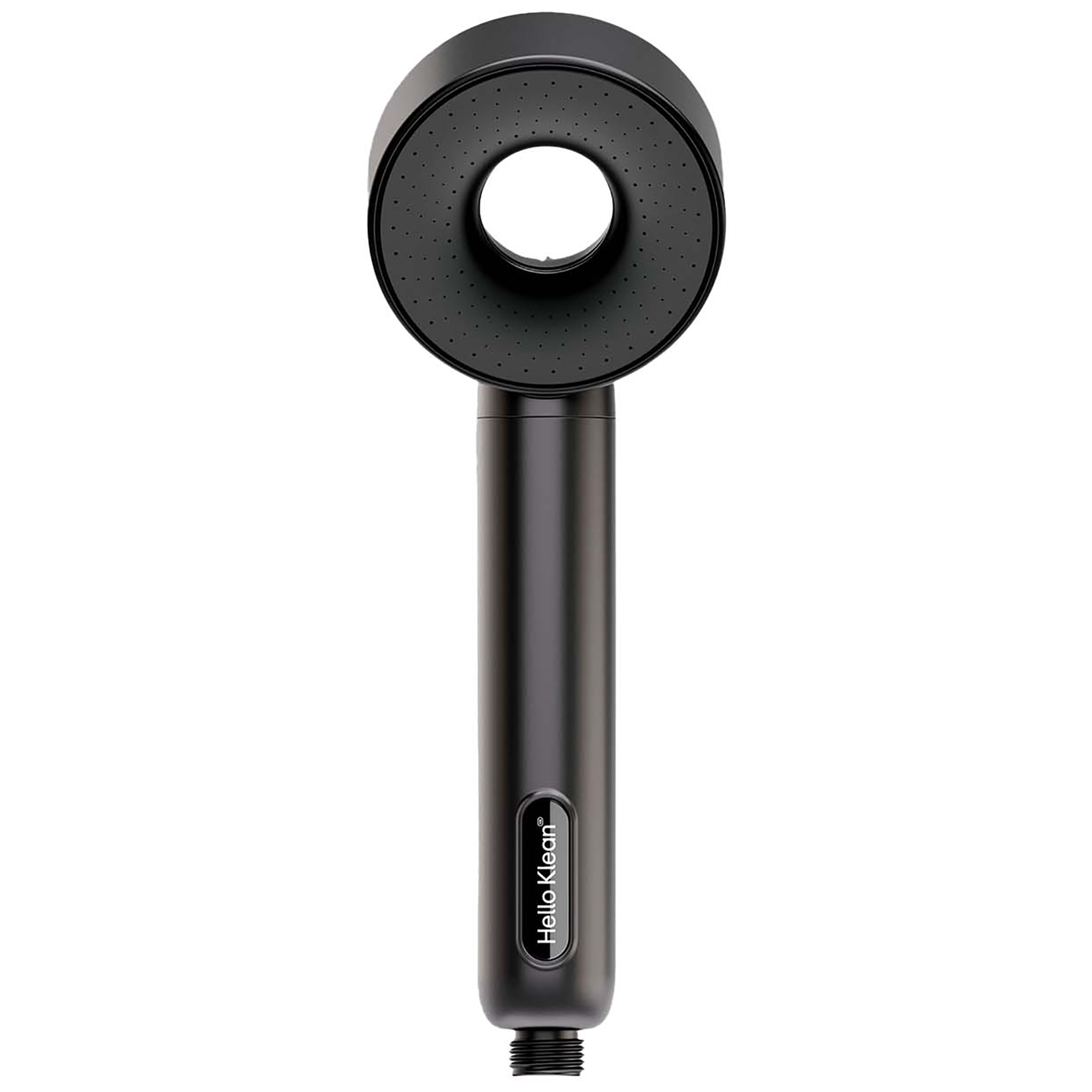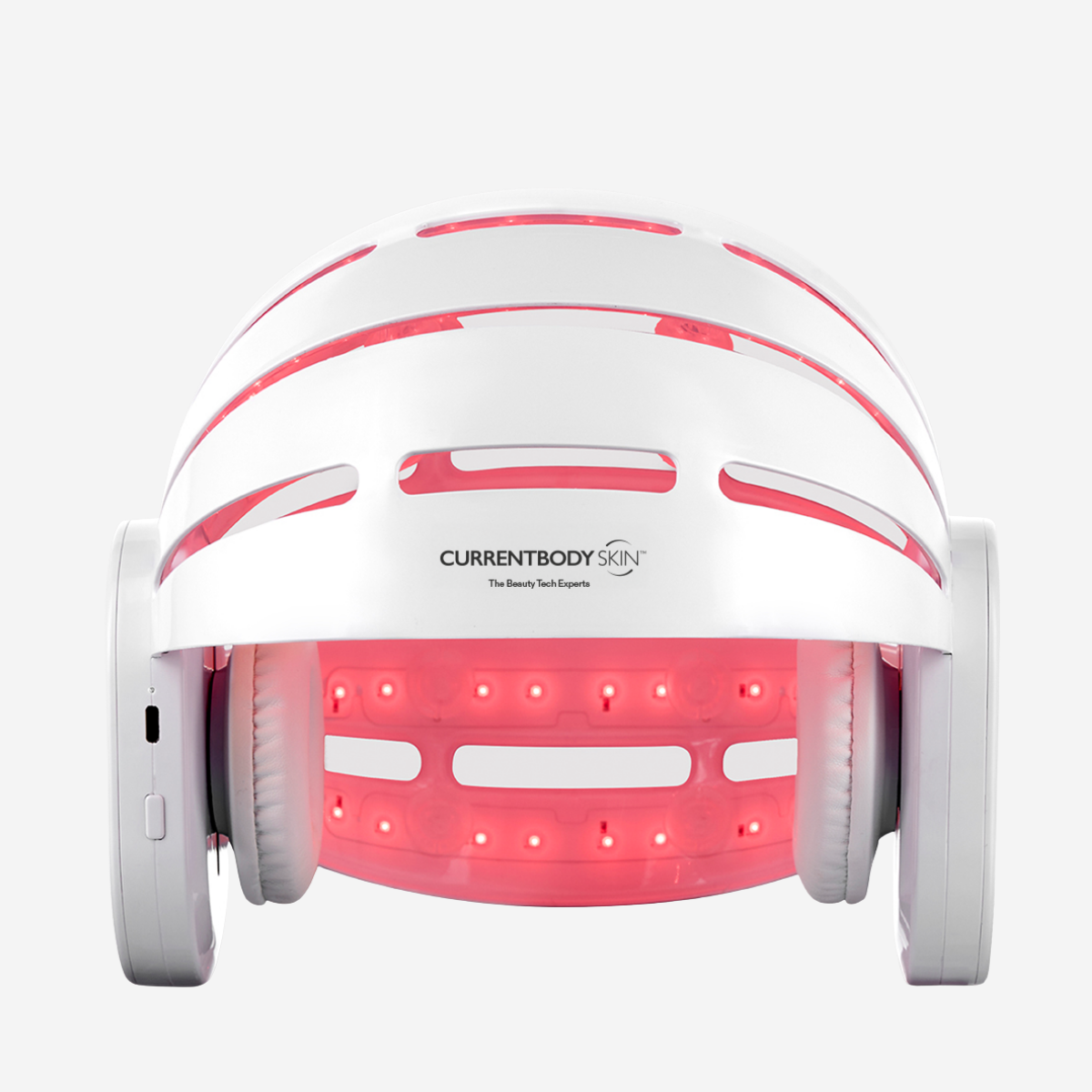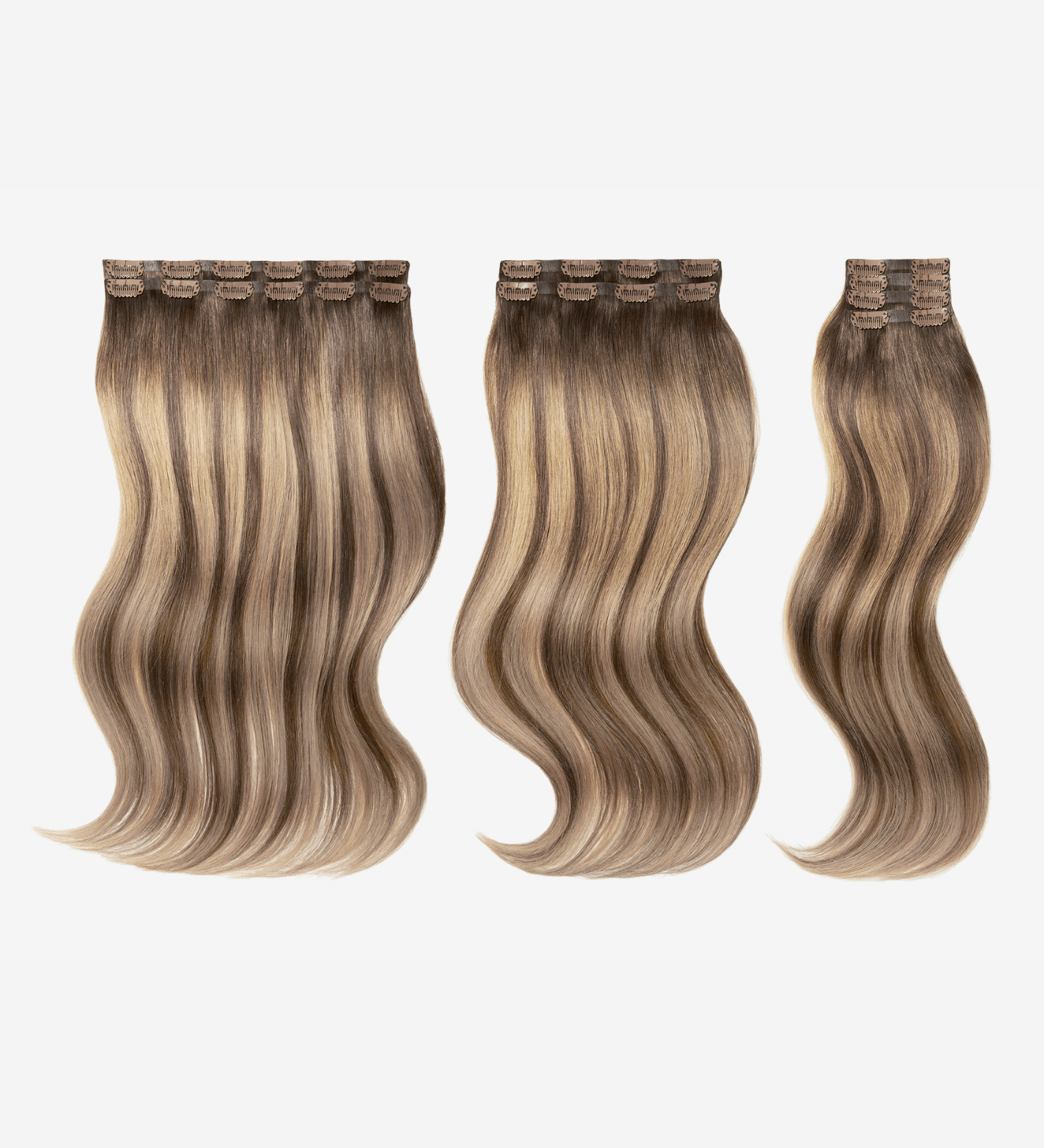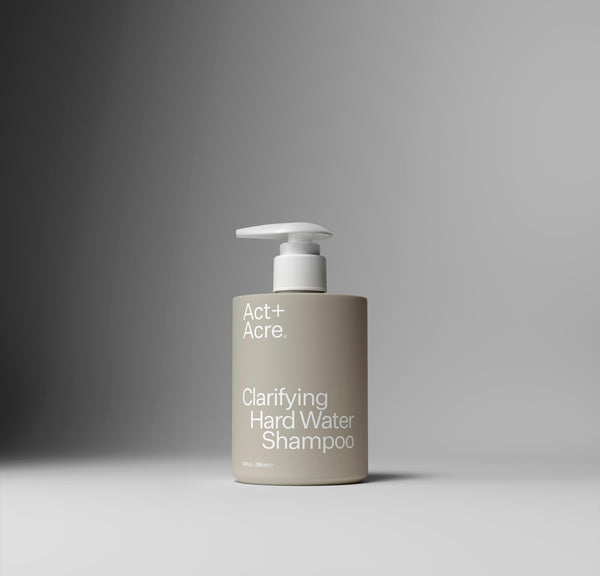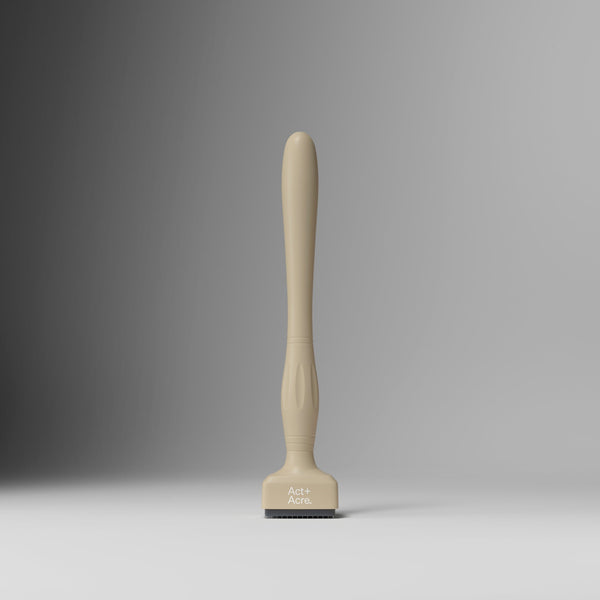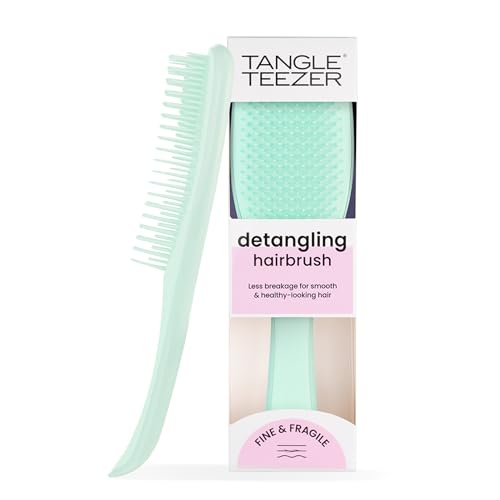Losing It: The Untold Reality of Living Through Hair Loss
A personal journey through grief, resilience and identity
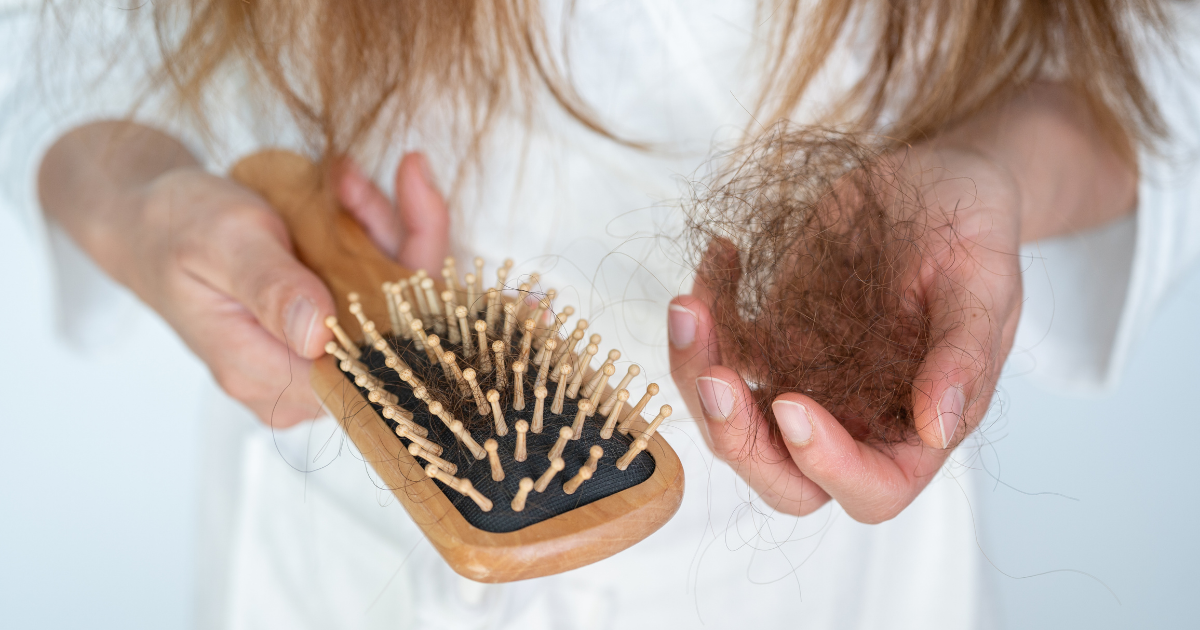

Hair isn’t just seen, it’s felt. The swish of a ponytail down my back, the weight of it brushing my shoulders, the absent-minded comfort of twirling long strands between my fingers. When they began to vanish, it wasn’t cosmetic. It was grief, identity and fear in one.
Over the past few years I’ve lost almost 75% of my hair density. At first it crept in quietly: thinning after COVID in 2020 that I blamed on bleach, a receding hairline I put down to stress. Then came two miscarriages, an intramural ectopic pregnancy, repeated COVID infections, and a hospital stint with E-coli. The shedding accelerated and in August 2023, I stood in the shower, shaking and sobbing, caught between disbelief and horror as clumps of hair fell into my palms, slid down my arms and clogged the drain.
Since then, hair loss has ricocheted through every part of my life: intimacy, confidence at work, the willingness to socialise. Mirrors avoided, wash days dreaded, even my partner’s hand reaching for my hair makes me flinch. Brushing is no longer routine but ritualised anxiety: how many strands will fall this time? More than anything, I grieve the erosion of femininity. Hair had always been an extension of self: a slick-back bun for confidence, a loose braid for ease, a blowout when I wanted to feel chic. What started subtly has now completely reshaped how I look and who I feel I am.

The search for answers
Like so many women, I entered “the search”: the exhausting, expensive, often contradictory quest to understand why. On paper I had plenty of suspects: PCOS, endocrine chaos after miscarriage, possible mast cell activation, autoimmune flares, post-viral fallout. Each could explain the shedding; none offered a definitive answer.
By December 2023 I was in trichologist Hannah Gaboardi’s London clinic. After months of “normal” GP bloodwork, Hannah looked at whether levels were truly optimal for hair growth. “Hair is incredibly sensitive to shifts in the body,” she told me. “Hormones, illness, stress and nutrient status show up in the follicles long before we see changes elsewhere. Hair loss is often an early indicator that the body is under strain.”
I was diagnosed with Telogen Effluvium. Hannah prescribed topical minoxidil, later tailored to a minoxidil-estradiol blend based on DNA analysis, and a course of PRP (platelet-rich plasma): four sessions of blood drawn, spun, and injected back into the scalp. Three months later I began to see regrowth. A year after that shower trauma, my ponytail was bushy again, my hairline restored. I was starting to feel like myself. Until I wasn’t.
Now, in my third wave of shedding, reclassified as chronic TE with biopsy pending to rule out scarring alopecia, I’m back at square one. Each time I claw my way back to regrowth, the shedding begins again. It isn’t just my hair that’s caught in cycles, it’s me.
Celebrity news, beauty, fashion advice, and fascinating features, delivered straight to your inbox!
Hair loss isn’t just cosmetic. It’s grief, identity and fear in one.
Beyond biology
I live in an area of very hard water and had already fitted a filter, but worried it wasn’t enough. Trichologist Helen Reavey, founder of Act+Acre, confirmed those fears. “When women think about shedding, they jump to genetics or hormones,” she told me. “Lifestyle, stress and even how often you wash your hair are just as critical. The scalp ages six times faster than the skin on your face.”
“Mineral build-up coats the scalp and hair, clogging follicles, disrupting the microbiome and compromising density,” Helen explains. Her advice: treat the scalp like skin; exfoliate weekly, hydrate, massage for blood flow, and eat nutrient-rich foods. “Most of the time the follicle is still active,” she adds. “With the right care, it will cycle back.” I lived by these principles, but still the cycles continued.
The cosmetic lifelines
If trichology gave me strategy, wigs offered stability. I had resisted for months, convinced that a consultation would cement the permanence of my loss. But at Amber Jean’s Hackney studio, the experience was unexpectedly uplifting.
There have been many moments I’ve contemplated shaving my head entirely. At first it felt extreme, but over time it seemed the only way of reclaiming control. If I ever did, I know I’d need a wig as an anchor.
Trying one on for the first time, I braced for shame. Instead came relief: the weight around my face, the reflection of a version of myself I thought I had lost. Amber, who has lived with alopecia since her teens, put it simply: “Wigs are not about disguise. They are about freedom; the freedom to decide how you want to feel on any given day.”
While I’m not yet at the stage of needing a wig daily, I’ve found reassurance in extensions, specifically Gee Hair’s clip-ins. They’re designed for fragile and thinning hair so the pieces lie flat, they’re easy to disguise and, crucially, don’t tug on bio hair. Extensions don’t solve the root cause, but sometimes confidence is its own kind of medicine.
Brushing is no longer routine but ritualised anxiety: how many strands will fall this time?
The missing link
If wigs and extensions provided external lifelines, nervous system work felt like the internal one I’d been missing. By the time I found physiotherapist and somatic therapist Caoimhe Gibney, I was exhausted not just by shedding but by the constant vigilance it demanded.
“Chronic stress can trap the body in survival mode,” she explained. “It floods the system with cortisol and inflammatory signals, destabilising the very processes hair relies on. The nervous system’s state determines how well you can heal. When you help it drop back into safety, the whole body starts to repair.”
I’ve only just begun exploring somatic approaches, but the rationale is compelling. If trichology and functional medicine treat the biology, nervous system work may help those interventions take root.
Still in progress
Hair loss has stripped away more than I ever expected, but it has also forced me to look at health, identity and resilience in ways I never would have otherwise. I’m still in the middle of it, still testing, still navigating protocols, still finding what works and what doesn’t. But I’m no longer in pure panic.
What has shifted is the sense that there are people, tools and approaches to help me steady myself. From functional testing to wigs, from breathwork to topicals, each has given me something: confidence, relief, a plan, or simply the knowledge I’m not alone.
I can’t tie this up neatly because hair loss rarely is neat. But even if my hair never returns to what it was, the process of losing it has also been about finding new ways to support myself, body, mind and spirit.
Hair necessities
Where treatments take time, daily rituals give me something more immediate: a sense of control. None of these solve the root cause, but they promote scalp health and reduce the micro-traumas that accumulate day to day.

